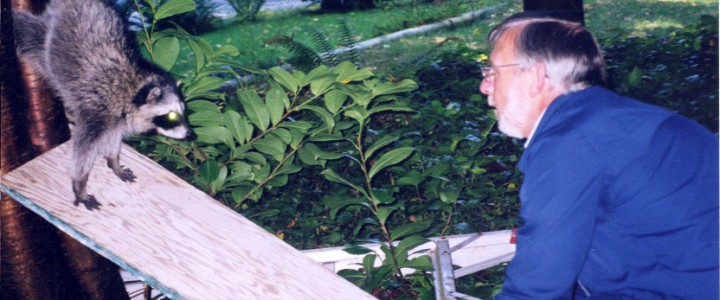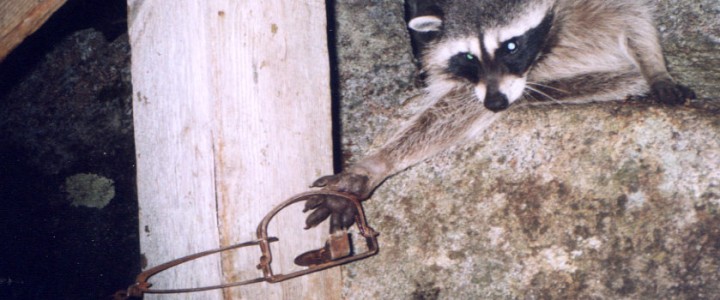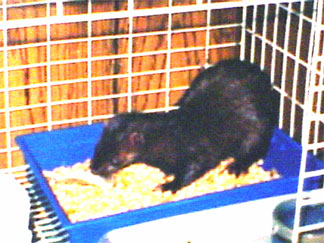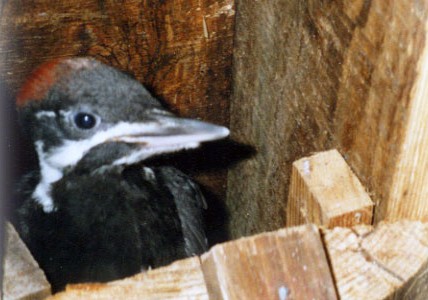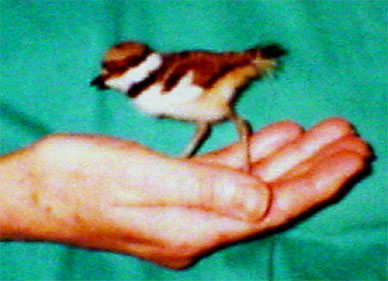When we received a call about a trapped raccoon we were concerned it was another raccoon caught in a leg-hold trap. This was not the case, this time the raccoon was trapped by nature. It had somehow managed to get one of its back legs caught between the split of two tree trunks.
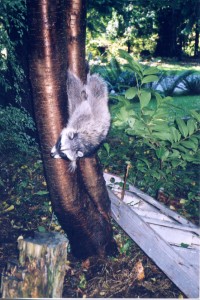 How were we going to free him? As the raccoon was hanging by the leg, Clint’s immediate thought was to take the raccoon’s weight from the trapped leg, so he found a plank of wood and put it under the raccoon and placed a cage in front of it. Once the raccoon was no longer hanging by its leg, it calmed down and Clint was able to go behind the tree and lever the leg up between the two tree trunks and thus release it.
How were we going to free him? As the raccoon was hanging by the leg, Clint’s immediate thought was to take the raccoon’s weight from the trapped leg, so he found a plank of wood and put it under the raccoon and placed a cage in front of it. Once the raccoon was no longer hanging by its leg, it calmed down and Clint was able to go behind the tree and lever the leg up between the two tree trunks and thus release it.
The raccoon immediately ran into the cage which we quickly closed behind him. We checked its leg. It was not broken and there was no bleeding, although it was a bit swollen, but the raccoon was standing on the leg and we decided it best to set it free. We carried the cage into the woods and released a very happy raccoon who ran off, using all four legs, and soon disappeared amongst some bushes.

